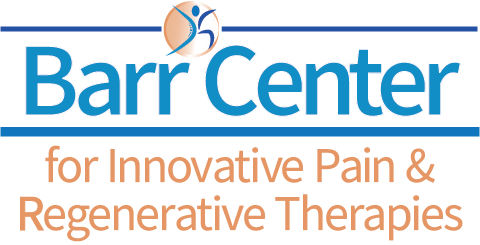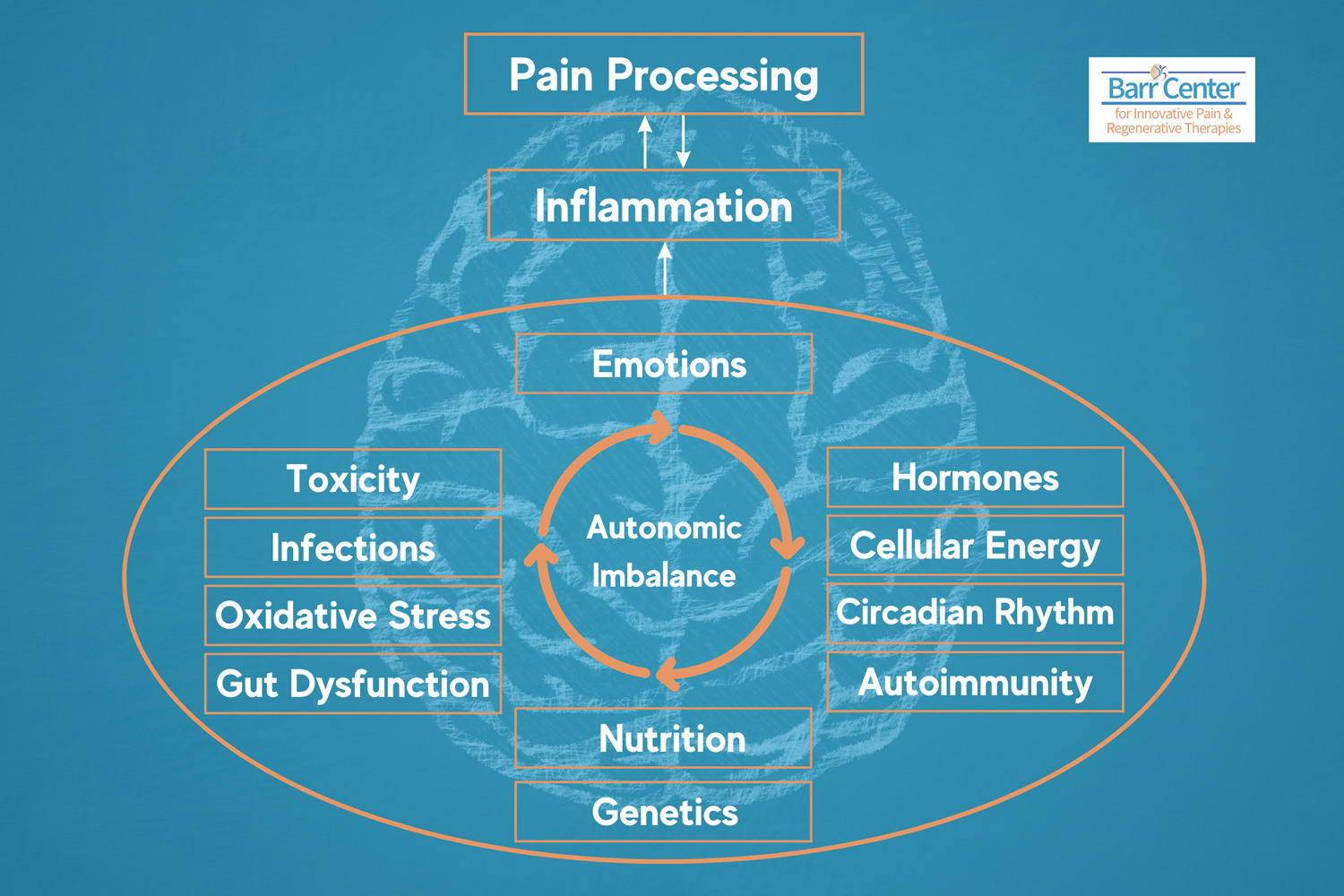
Each year, more than two million Americans experience whiplash. Also called a neck strain or sprain, it occurs when the head suddenly snaps forward, then backward in a whip-like motion that over-stretches the joints, muscles and ligaments of the neck and upper back. Rear-impact car accidents are the most common cause. But you can also get a whiplash from a fall, physical abuse or from high-impact sports, such as snowboarding, skiing, boxing, football or gymnastics.
A few facts about whiplash that are good to know:
- It does not take a great deal of force to cause a whiplash. Car-related whiplash injuries, for instance, can occur from low-impact vehicle accidents traveling at speeds as low as 5-10 mph. Anyone riding in a vehicle should wear a seatbelt and adjust their headrest to fully support the head.
- Aging increases the risk of whiplash injuries. Older people, and those with neck problems such as arthritis, may experience more serious whiplash than a younger person.
- Symptoms can occur later. Although neck pain is common immediately after a whiplash injury, some people do not experience pain until a few hours, days or even weeks later. A later onset of symptoms does not indicate a more severe injury; but regardless of when the pain starts, do not ignore it.
- Inactivity prolongs the pain. Resting for more than a few days following whiplash can cause the muscles in your neck, shoulders and back to get stiff and weak — and prolong the pain.
Symptoms
The primary symptom of whiplash is neck pain, but symptoms can vary. Some may only suffer minor discomfort, while others experience one or more of the following: Tightness or spasms of the muscles of the neck or upper back; pain with movement of the neck; headache and dizziness (symptoms of a concussion); difficulty swallowing and chewing and hoarseness; abnormal sensations such as burning or tingling, shoulder pain and upper back pain.
Severe whiplash can also include injury to the intervertebral joints, discs, ligaments, cervical muscles, ligaments and nerves of the neck or upper back.
Over time, most whiplash patients fully recover. In the majority of cases, the pain will fade on its own within a month. If it persists or worsens, see your doctor for further evaluation.
Treatment Options
When seeing whiplash patients at the Barr Center, we recommend they return to normal activity as soon as possible to keep the neck healthy and flexible. Physical therapy can also help to alleviate symptoms and recondition the muscles. Other treatment options may include the limited use of a cervical collar, medications to reduce swelling and muscle spasms, spinal manipulation, and ultrasound and electrical stimulation (but only in the early treatment stages) to reduce pain and assist in getting an active therapy program started.
When the ligaments of the neck are overstretched and patients say their head feels too heavy for their neck, a unique treatment called Prolotherapy can be a game changer for whiplash patients. At the Barr Center we perform this procedure, a natural process that stimulates the repair of soft tissue and joints. It involves injecting a solution of Dextrose, Phenol and Glycerine mixed with Lidocaine into damaged or overstretched connective tissue and joint capsules. The solution helps to strengthen collagen and restore elasticity, while enhancing joint stability and reducing pain. Unique to our practice, we optimize alignment of the neck, upper back and rib cage before performing Prolotherapy, so that people get the best possible results.
In addition to aiding whiplash patients, Prolotherapy is effective in treating pain due to ligament laxity, repetitive overuse injuries, poor posture, improper stretching and traumas of various kinds.
As they say, an ounce of prevention is worth a pound of cure. The best way to protect yourself from whiplash when driving is to wear your seat belt correctly every time you are in the car. Make sure the headrest is not too low and avoid driving in an overly reclined position. Athletes and sports enthusiasts (especially those who participate in contact sports) should wear appropriate equipment, like padding, and always use good technique to avoid neck injuries.
I hope this background will help shed light about whiplash, its symptoms and ways to enhance the recovery period. If you are experiencing neck or upper back pain, see your doctor for a complete evaluation. Do not ignore it. And do not wait to make an appointment.









